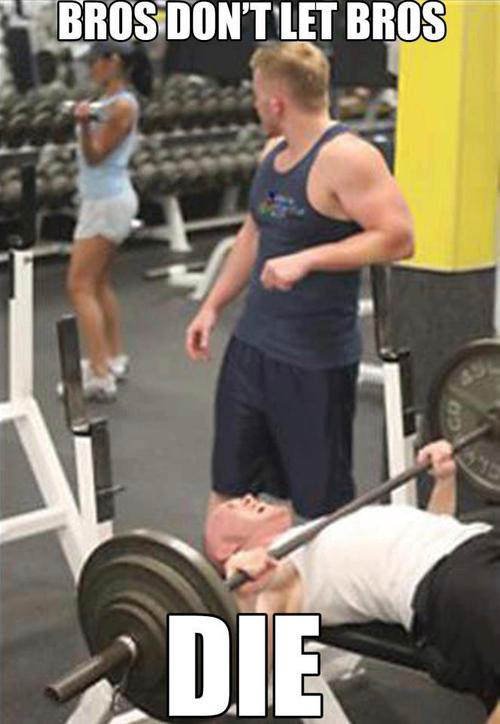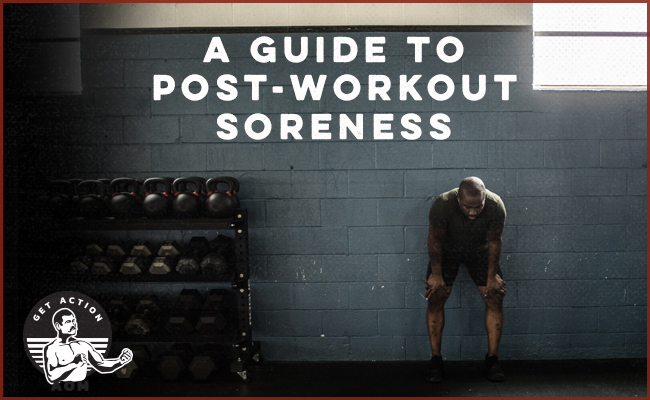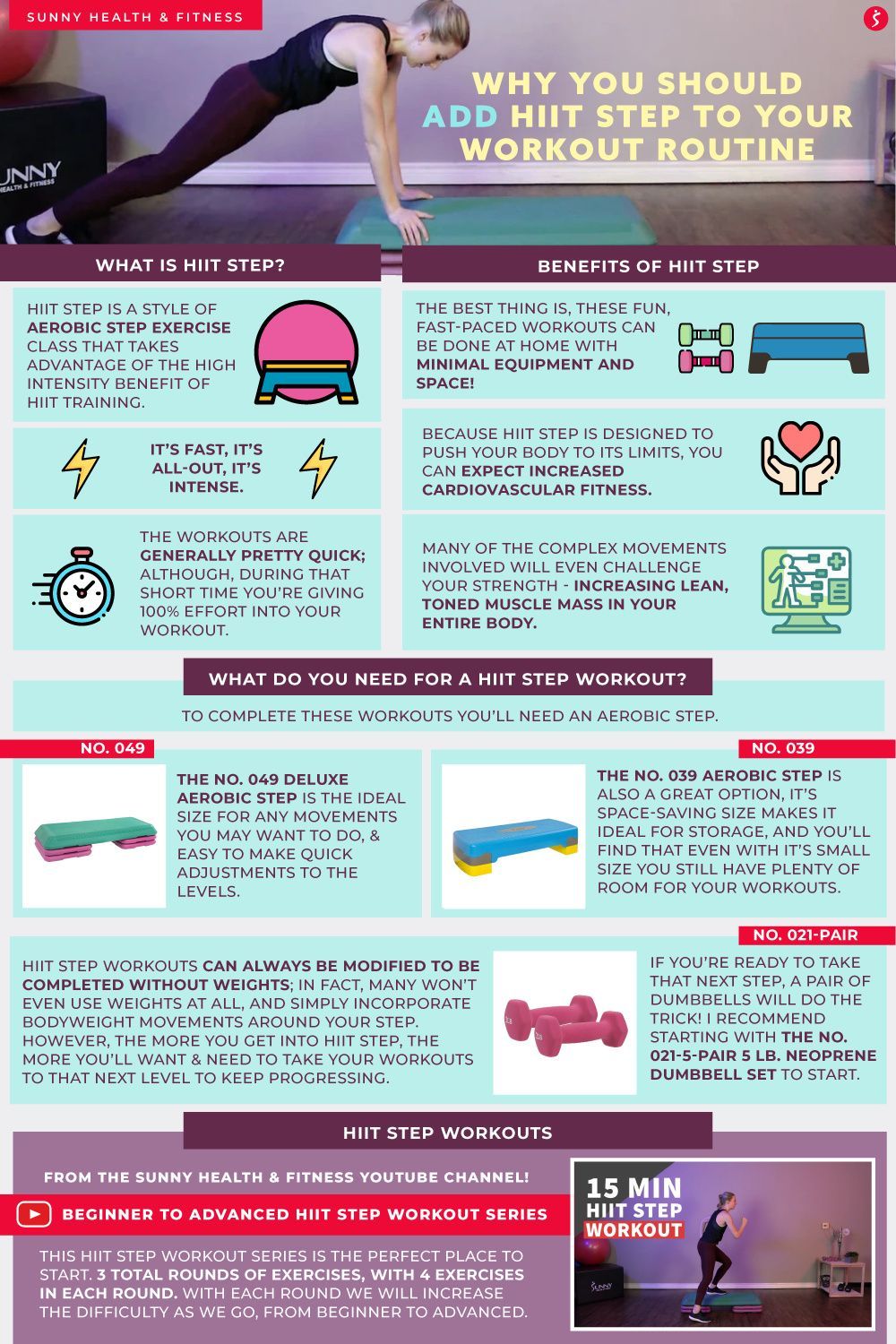
If you're starting a health and fitness blog, you are probably wondering where to begin. This article will help you get started by introducing you to the basics of health and fitness blogging. Although there are numerous benefits to starting your own health and fitness blog you need to keep in mind that there is no "one size fits ALL" solution. This is because every individual's body is unique, and a blog cannot address all of those unique needs.
Inspiration from health and fitness blogs
You can find motivational blogs about health and fitness to help you incorporate more physical activity into your lifestyle. A good fitness blog will be filled with motivational posts, workout plans, and the latest news in the fitness industry. Find inspiration for strength, endurance and healthy eating. Videos, social media, motivational articles, and videos are all great resources for motivation if you don’t have the time. These blogs can also include success stories which can be a great way to get the extra push you need.
Many blogs offer advice for both novice and advanced readers on nutrition and fitness. Fitness in the City, for instance, features guest posts and articles by fitness experts. Sutherland was frustrated by the lack of fitness and health options in her area, which led to the creation of this website. The blog also features posts on holistic health, sustainable beauty, and fitness recipes. This blog is great for motivation. You should check it out now.
Creating categories for your blog
Perhaps you're looking for an easy way of organizing your content on your fitness and health blog. You can group your content into topics, such as sugar-free snacks and 7 minute HIIT training. For content that is health-related, you can include downloadable fitness programs or Paleo breakfasts. Many themes for fitness and health blogs include an interactive homepage slider, a countdown and cool fonts. The following layouts are great for a blog about fitness.

Determine your target audience. Do you want to target Gen-Zers or women going through menopause? Or people with chronic conditions? What are your target audiences' interests? These are the key factors that will influence your content strategy. Next, consider how to attract a specific audience. You might want to appeal to people with chronic diseases or who are ready get up and leave the couch. You may also wish to cater to specific interests and hobbies.
Creating affiliate marketing links for your blog
You're likely to have heard of affiliate marketing, which allows you to promote different products and services on your website. To promote products and services related to fitness, you can also collect the email addresses of visitors. Email addresses are not the most important part of affiliate marketing campaigns, but they can be a valuable asset. Continue reading to learn how you can make the most out of your email lists.
It is important to choose a niche in affiliate marketing campaigns. There are many opportunities if you have the right content. Affiliate marketing in health and fitness has a high rate of conversions because people are more willing to purchase the content they see on a blog about this subject. This is a profitable business that requires very little investment upfront. It takes persistence and hard work.
You can find a niche within the health and fitness sector
It's crucial to study the industry's competitors and potential profit. While niches can be complicated and difficult to compete in, there are others that are more niche-specific and easier for you to dominate. Before you choose a niche within the health and fitness industry, make sure to do your research and find out what problems are still present. Your chosen niche will require a target audience and specialized knowledge.

You'll have a difficult time launching your business if the industry is too general. If you are not a specialist in health and exercise, it will be difficult for you to get clients and create effective marketing materials. Instead, focus on finding a specific segment of your audience and targeting them specifically. Here's how to find a health and fitness industry niche. It could be a plant diet, bodyweight exercise, or hormone imbalance. Whatever niche you choose, make sure to reach it with the best message.
FAQ
Which dietary supplement is good for weight loss?
Exercise and diet are key to losing weight. Some people find certain supplements helpful.
Many studies show that omega-3s may help you lose weight. Omega-3s are essential fats which are crucial for brain function. These fats are found in seafood such as salmon, tuna and shrimp.
Other research suggests that green tea might be beneficial for weight loss. Green tea has catechins, which are antioxidants that can help increase metabolic rate and encourage weight reduction.
What is the best workout order?
It all depends upon what you are trying to achieve. You should start with heavy weights if your goal is to build muscle mass. Next, you can move onto cardio. If you are looking to lose weight, then move on to strength training.
If you just want to burn fat, start by doing cardio. Add strength training to your workouts.
Then if you want to gain muscle mass, do cardio last because it stimulates growth hormones which help build muscle mass.
Before you start your workout, it is a good idea to eat. This will fuel you muscles better, which will make it work harder. This will make you feel better while working out.
How many calories should I consume daily?
It varies from one person to another. On average, 2000 to 2500 calories are consumed per day. You need to determine how many calories you need based on age, gender, height, weight, activity level, and lifestyle.
How to Build Muscles Fast
The best way to quickly build muscle is to eat healthy and exercise regularly.
It is best to exercise in the morning, when you feel fresh and ready to go!
Do push-ups, bench presses, squats, and other exercises.
You can try different weight training methods and remember to drink lots of water throughout the day.
What does milk do to men?
Next time you buy milk think about what you could do with it. You may also benefit from consuming less coffee.
Milk has been proven to be beneficial to both children and adults alike. The nutrients in milk include vitamin D, calcium potassium, phosphorous and magnesium.
It also aids digestion, improves bone strength, and promotes weight gain. Dairy products are more beneficial for adults than any other food.
People who have difficulty digesting milk are also likely to be able to enjoy its many benefits, even if they do not have stomach problems.
Instead of drinking soda or juice, drink more milk. Drinking milk with more calcium and vitamin A can help to strengthen your teeth.
Plain low-fat yogurt is another option if milk tastes bland to you. Yogurt is a great alternative to milk since it is lower in calories and higher in protein.
Yogurt also includes probiotics. These help in digestion and improve immunity.
Try warm milk to help you fall asleep. Warm milk helps relax muscles and boosts serotonin levels.
Statistics
- 10 pounds in a month is likely during a lean bulking phase, especially for beginners. (muscleandstrength.com)
- The PRS enabled risk stratification for overall prostate cancer and lethal disease with a four-fold difference between men in the highest and lowest quartiles (HR, 4.32; 95% confidence interval [CI], 3.16-5.89). (pubmed.ncbi.nlm.nih.gov)
- Are You One of the 20% of Guys (mh.co.za)
- An estimated calorie range for moderately active adult males falls between 2,200 to 2,800 calories per day, depending on age. (eatright.org)
- According to the American Heart Association, blood pressure should be checked at least once every two years, beginning at age 20. (my.clevelandclinic.org)
External Links
How To
How do I lose fat by exercising?
Exercise burns calories by increasing metabolism and oxygen consumption.
Exercise at a moderate intensity to safely lose weight.
These are the top tips for burning fat while you exercise.
-
Do cardio exercises such as walking, swimming, jogging, cycling, running, or elliptical training.
-
Do 30 minutes of exercise three times a week.
-
If you want to lose more weight, add strength training to your routine.
-
Avoid intense exercise. You can build muscle and not break down muscle tissue.
-
When exercising, make sure to drink lots of water. Water helps to flush out toxins from the body and maintains proper hydration.
-
Choose low-fat protein shakes after working out. Protein shakes boost energy and repair muscle tissue.
-
Take smaller meals throughout each day to avoid feeling hungry.
-
Don't skip breakfast! Skipping breakfast can cause you to feel tired and sluggish.
-
Mental health is important. Stressful situations can slow your metabolism.
-
Keep a positive attitude. Studies show that people who believe they're overweight gain more weight than those who think they look pleasing.
-
Get enough sleep. Lack of sleep makes it harder to burn fat.
-
Keep active. Make sure you get up and move every hour.
-
Maintain a healthy diet. You will feel fuller longer if you eat right.
-
Find relaxation methods. Tenseness can cause stress hormones to break down muscle tissue.
A balanced diet includes all essential nutrients needed for growth and development.
Instead of eating three large meals a day, eat six smaller meals every day. This allows your body time to digest what you've eaten.
For strong bones to be maintained, you need approximately 500mg of calcium per day. Calcium can be found in dairy products such as yogurt, fortified soybean beverages, orange juice, cereals, bread, and cereals.
Calcium is found in leafy vegetables, beans and tofu, as well nuts, seeds and cheese.
Vitamin D is necessary for the body to absorb calcium. Vitamin D is found in eggs yolk, fatty fish and fortified foods.
Vitamin E plays an important role in skin health. Vitamin E is found in vegetable oils and wheat germ oil, as well as peanuts, almonds and sunflower seeds.
Your body requires zinc for normal immune function and wound healing. Zinc is found in seafood, oysters legumes meats, whole grains, whole grains and meats.
Zinc deficiency could cause fatigue, nausea, vomiting, and depression.
Consuming too much sugar can cause insulin resistance. This causes an increase in blood glucose levels. Insulin resistance is linked to weight gain.
High levels of free radicals can lead to insulin resistance. Free radicals are molecules that have unpaired electrons, which can cause damage to cell membranes or other parts of your body.
Food additives, pesticides and herbicides, as well as preservatives, smoking and radiation are all sources of free radicals.
Free radical damage may lead to cancer, heart disease diabetes, arthritis, asthma and other conditions.
Eating a well-balanced diet with antioxidants is the best way to prevent free radical damage. Antioxidants protect against oxidative damage.
Vitamin C, beta carotene (found within citrus fruits, carrots, sweet potatoes and spinach), Vitamin E (found inside nuts, olive oils, avocados and eggs), and Vitamin C (found among mangoes.
Other antioxidant nutrients include selenium, copper, manganese, and zinc.
Selenium is known to protect cells from the oxidative damage that free radicals can cause. Selenium can be found in Brazil nuts and liver, kidneys, liver, kidneys, shrimp, cod, turkey and lamb as well as chicken.
Copper protects your eyes, brain, eyes and red blood cell. Copper can be found in meat, shellfish, meat, and organ meats.
Manganese is essential for bone structure. Manganese is found as a component of bone structure in brown rice (spinach, bananas), prunes, raisins and oatmeal.
Zinc helps with normal growth, reproduction, as well as wound healing. Zn is found in lean cuts of meat, white fish, poultry, and eggs.